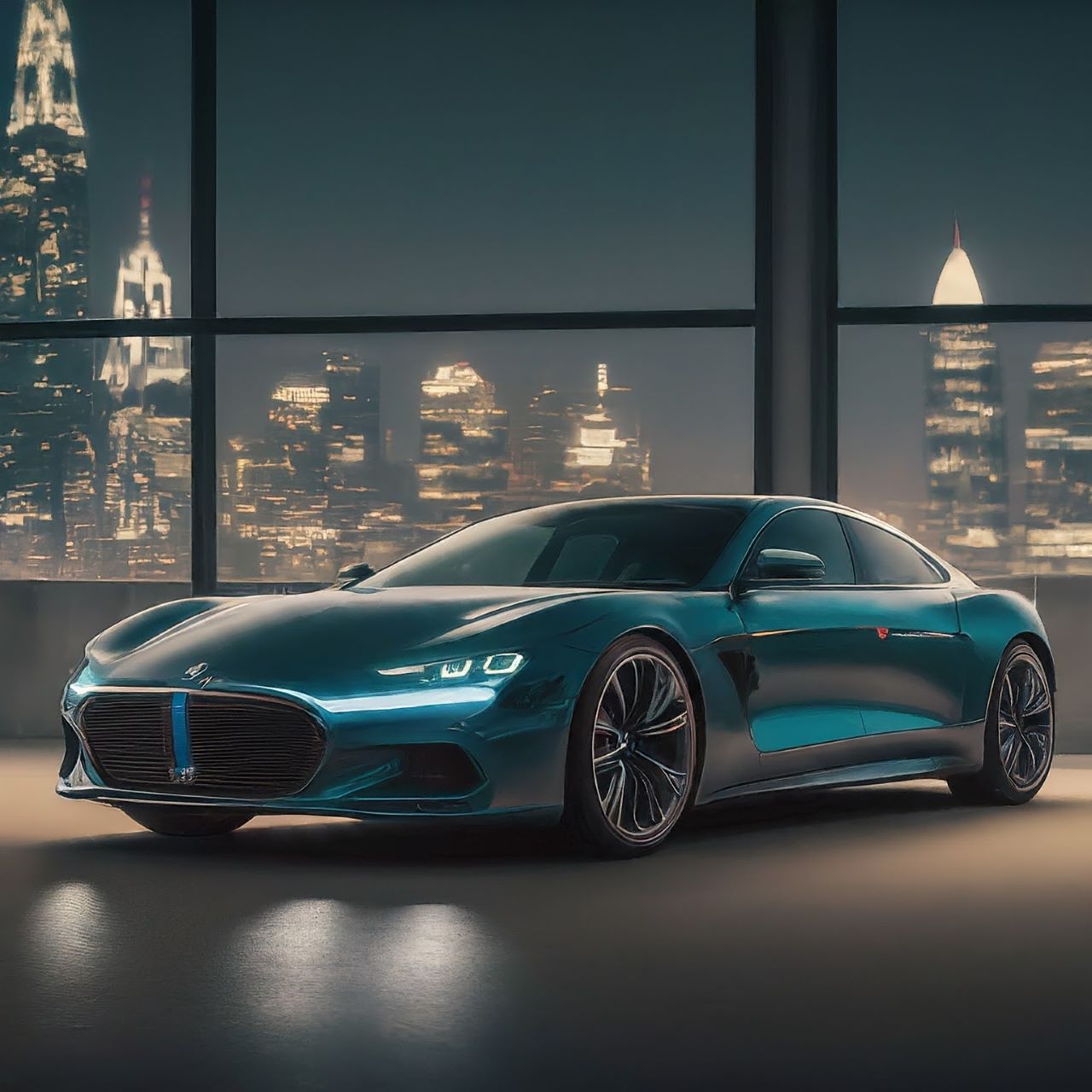
Hybrid vehicles have emerged as a pivotal force in the automotive industry, offering a compelling alternative to traditional gasoline-powered cars and paving the way for a more sustainable future.
By combining the power of an internal combustion engine (ICE) with an electric motor, hybrids deliver improved fuel efficiency, reduced emissions, and a unique driving experience.
In this comprehensive guide, we’ll delve deeper into the intricacies of hybrid technology, exploring their diverse types, underlying mechanisms, advantages, disadvantages, and their crucial role in the evolving landscape of transportation.
Types of Hybrid Vehicles: A Spectrum of Choices
Hybrid vehicles encompass a spectrum of configurations, each tailored to specific needs and preferences:
Parallel Hybrids:
The most common type, parallel hybrids allow both the ICE and electric motor to power the wheels simultaneously or independently.
This synergy optimizes power delivery, enabling seamless transitions between the two power sources for enhanced efficiency and performance.
Series Hybrids:
In this setup, the ICE functions solely as a generator to charge the batteries, while the electric motor exclusively propels the vehicle.
This configuration allows the ICE to operate at its most efficient range, maximizing fuel economy, especially in city driving.
Plug-in Hybrids (PHEVs):
Equipped with larger batteries and charging ports, PHEVs offer an extended electric-only driving range, significantly reducing reliance on gasoline and curbing emissions.
This makes them an attractive option for daily commutes and shorter trips.
Mild Hybrids:
These vehicles incorporate a small electric motor and battery to assist the ICE during acceleration and cruising, providing a modest boost in fuel efficiency without the complexity of a full hybrid system.
Mild hybrids are a cost-effective entry point into electrified transportation.
The Inner Workings of Hybrid Technology
At the heart of hybrid vehicles lies a sophisticated interplay between the ICE, electric motor, battery, and power electronics.
The ICE typically handles highway cruising and high-speed driving, while the electric motor takes charge during low-speed maneuvers and acceleration.
Regenerative braking, a hallmark of hybrid technology, captures kinetic energy during deceleration and converts it into electricity, which is then stored in the battery for later use.
This innovative feature further enhances efficiency and reduces energy wastage.
Advantages of Hybrid Vehicles: A Greener and More Economical Choice
Hybrid vehicles offer a multitude of advantages that cater to both environmentally conscious drivers and those seeking to lower their fuel costs:
Superior Fuel Efficiency:
By leveraging the strengths of both the ICE and electric motor, hybrids achieve remarkable fuel economy compared to conventional gasoline-powered cars.
This translates to significant savings at the pump and a reduced carbon footprint.
Reduced Emissions:
Hybrids produce fewer harmful emissions, contributing to cleaner air and a healthier environment.
Their reliance on electric power, particularly in urban settings, mitigates pollution and promotes sustainability.
Financial Incentives:
Many governments offer tax incentives, rebates, and other financial benefits to incentivize the purchase of hybrid vehicles.
These incentives can offset the initial cost and make hybrids more accessible to a wider range of consumers.
Smooth and Quiet Operation:
The electric motor’s near-silent operation, especially at low speeds, creates a serene and refined driving experience.
The seamless transition between the ICE and electric motor further enhances comfort and minimizes noise pollution.
Enhanced Resale Value:
Hybrid vehicles often retain their value better than conventional cars due to their growing popularity and the increasing demand for fuel-efficient vehicles.
This can be a significant factor for those considering long-term ownership.
Challenges and Considerations: Navigating the Hybrid Landscape
While hybrid vehicles present a compelling proposition, it’s important to acknowledge the challenges and considerations associated with them:
Higher Initial Cost:
Hybrids typically come with a higher price tag than their gasoline-powered counterparts due to the additional components and technology involved.
However, the long-term fuel savings and potential financial incentives can outweigh this initial investment.
Complex Maintenance:
The intricate hybrid system necessitates specialized knowledge and tools for maintenance and repairs.
This can lead to higher maintenance costs and potential inconvenience if specialized technicians are not readily available.
Battery Degradation:
Like all batteries, the hybrid battery’s performance degrades over time.
Although most manufacturers offer warranties on the battery, replacement can be costly if it occurs outside the warranty period.
Limited Electric-Only Range (for non-PHEVs):
Non-plug-in hybrids typically have a limited electric-only driving range, which may not be suitable for those seeking to maximize their reliance on electric power.
The Future of Hybrids: Paving the Way for Electrification
Hybrid vehicles play a pivotal role in the ongoing transition towards a fully electrified transportation system.
They serve as a stepping stone for consumers who are not yet ready to embrace fully electric vehicles, offering a familiar driving experience with substantial environmental benefits.
As technology continues to advance, we can anticipate hybrid systems to become even more efficient, affordable, and versatile.
Furthermore, the automotive industry is witnessing a surge in innovation, with advancements in battery technology, power electronics, and charging infrastructure.
These developments are poised to propel the growth of the hybrid market and further solidify its position as a viable and sustainable alternative to conventional vehicles.
Conclusion: Embracing a Hybrid Future
Hybrid vehicles represent a significant stride towards a greener and more sustainable future for transportation.
By combining the best of both worlds—the power of an ICE and the efficiency of an electric motor—hybrids offer a compelling solution for drivers who prioritize fuel economy, reduced emissions, and a technologically advanced driving experience.
As governments enact stricter emissions standards and incentivize the adoption of electrified vehicles, the hybrid market is expected to flourish.
With a diverse range of models available, catering to various needs and budgets, there has never been a better time to consider a hybrid vehicle.
Whether you’re an eco-conscious driver, a daily commuter, or simply seeking a fuel-efficient and technologically advanced car, hybrid vehicles offer a compelling proposition that’s worth exploring.
By embracing hybrid technology, we can collectively contribute to a cleaner environment, reduce our dependence on fossil fuels, and pave the way for a more sustainable future for transportation.
The journey towards electrification is well underway, and hybrid vehicles are leading the charge.


